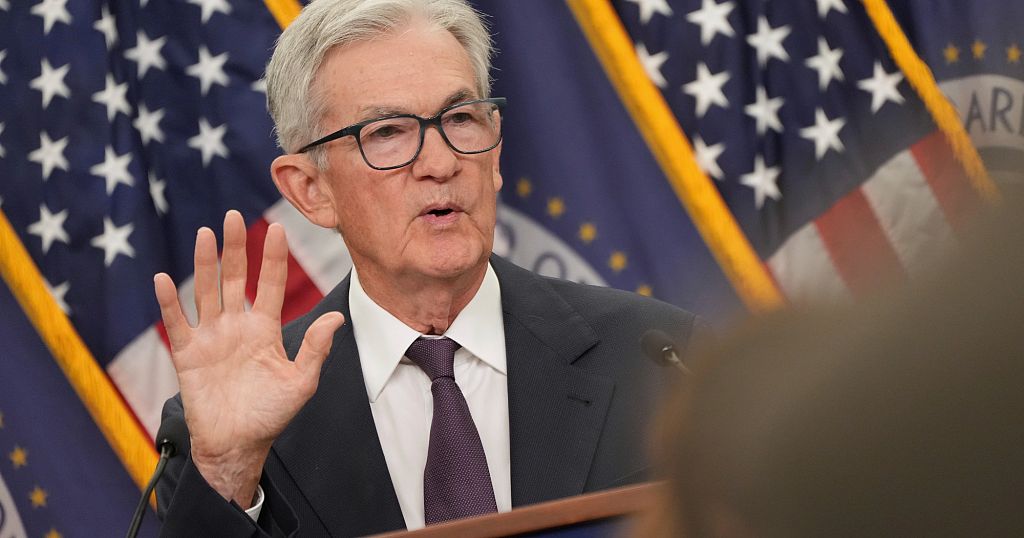The Federal Reserve has cut its key interest rate by a quarter-point, bringing it down to approximately 4.1%, in a move aimed at addressing growing concerns about the health of the US labor market. This reduction, the first since December, is expected to decrease borrowing costs for mortgages, car loans, and business loans, potentially boosting growth and hiring.
Fed officials, led by Chair Jerome Powell, had previously kept the rate unchanged while evaluating the impact of tariffs and other policies on inflation and the economy. However, the focus has shifted to the labor market, where hiring has significantly slowed and the unemployment rate has risen. Lower interest rates could help mitigate these issues, but Powell cautioned that the Fed is taking a measured approach, with projections indicating two more rate cuts this year and one in 2026.
The decision was not unanimous, with one policymaker, Stephen Miran, dissenting in favor of a larger half-point cut. Despite this, Powell emphasized that the committee’s goal is to be data-dependent and keep options open for future policy decisions. The outcome of the meeting suggests that Powell was able to maintain unity among the committee members, including those appointed by President Donald Trump.
The Fed’s move comes amidst a challenging economic environment, with inflation remaining above the 2% target and hiring weakening. This unusual combination has created uncertainty, making it difficult for policymakers to determine the best course of action. Powell acknowledged the risks, stating that there are no risk-free paths and that the Fed must navigate carefully.
The central bank is also facing threats to its independence, including President Trump’s attempted firing of Fed Governor Lisa Cook, which has been seen as an unprecedented attack on the Fed’s independence. Trump has been critical of the Fed’s rate decisions, calling for steeper cuts. Powell has maintained that the Fed is committed to making decisions based on data and economic conditions, rather than political pressure.
The rate cut has put the Fed at odds with other central banks, such as the European Central Bank, which left its benchmark rate unchanged last week. The Bank of England is also expected to keep its rate on hold on Friday. As the global economy continues to evolve, the Fed’s decisions will be closely watched, and the central bank’s ability to maintain its independence will be crucial in navigating the complex economic landscape.
